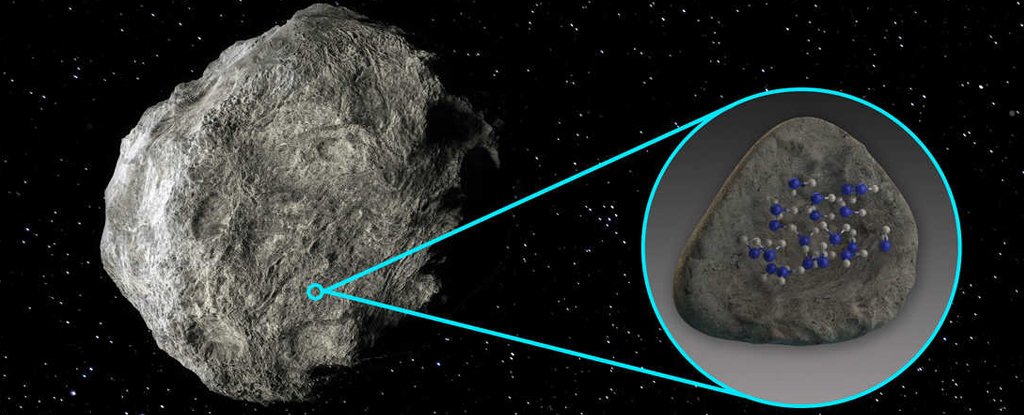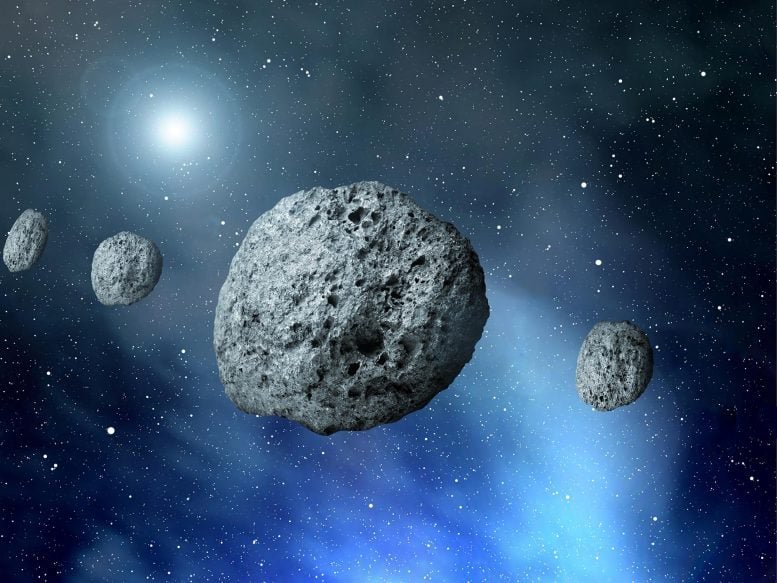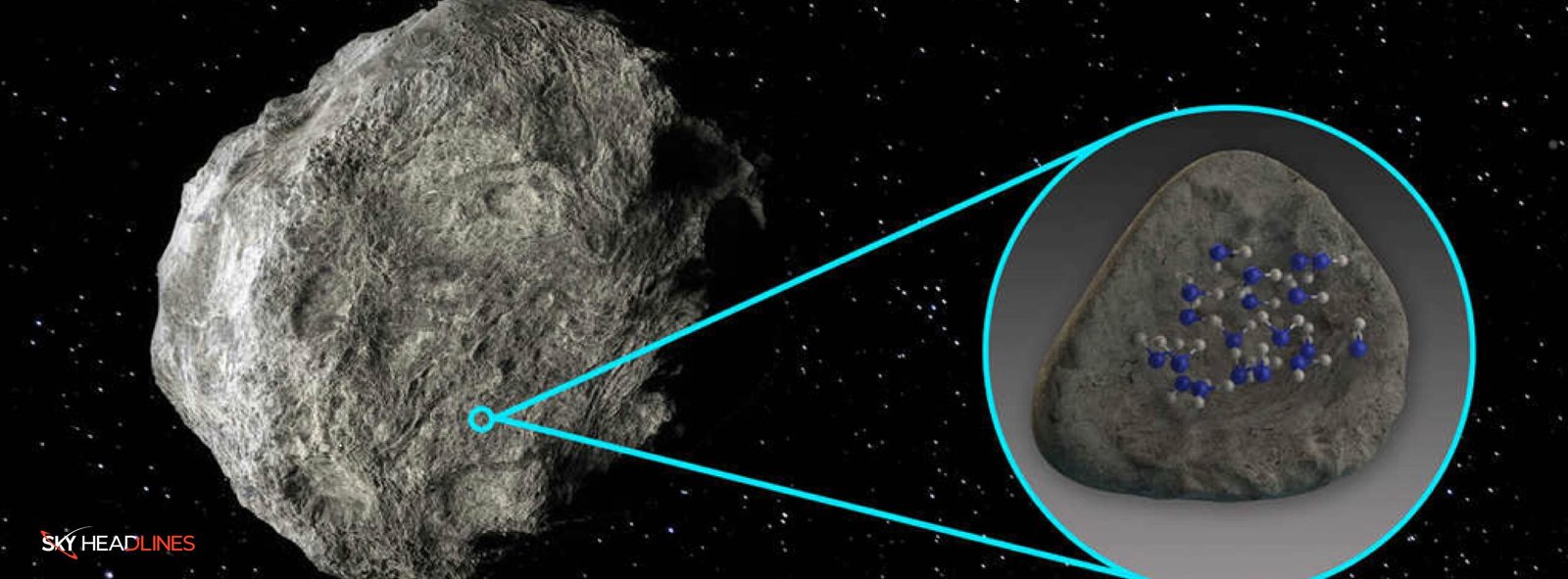Water on Asteroids: Unveiling the Mysteries of the Cosmos
The discovery of water on asteroids marks a groundbreaking advancement in the field of astrophysics, opening new avenues for understanding the distribution of water within our solar system and its implications for life as we know it.
Is there water on asteroids?
Announced on February 12, 2024, scientists using data from the now-retired Stratospheric Observatory for Infrared Astronomy (SOFIA) have detected water molecules on two silicate-rich asteroids, Iris and Massalia, for the first time. This finding has profound implications for our understanding of the cosmos, the origins of water on Earth, and the potential for life beyond our planet.

The Discovery of Water Molecules
Which asteroid has water?
The detection of water on asteroids Iris and Massalia provides compelling evidence of water’s widespread presence in our solar system. Scientists from the Southwest Research Institute utilized mid-infrared spectral signatures to identify the molecular water, a technique that has allowed for a deeper insight into the composition of these celestial bodies. The presence of water molecules on the surface of these silicate-rich asteroids challenges previous assumptions about the distribution of water in space and suggests a more complex history of water in our solar system.
Implications for the Origins of Water on Earth
Did Earth get water from asteroids?
One of the most exciting implications of this discovery is its potential to shed light on the origins of water on Earth. It has long been theorized that water was delivered to the early Earth through the impacts of comets and asteroids. The presence of water on asteroids Iris and Massalia supports this theory and suggests that asteroids could have played a significant role in providing Earth with the water necessary for life to emerge. This discovery not only helps us understand how water came to be on Earth but also opens up possibilities for the existence of water, and potentially life, on other celestial bodies.
The Role of Water in the Search for Extraterrestrial Life
The discovery of water on asteroids also has significant implications for the search for potential life beyond Earth. Water is a fundamental ingredient for life as we know it, and its presence on asteroids suggests that the building blocks for life may be more common in the universe than previously thought. This finding will guide future efforts in the search for water-rich celestial bodies, potentially identifying new targets in the quest to find extraterrestrial life.
Is there water on a comet?
Yes, there is! Comets are one of the main sources of water ice in our solar system. They are essentially “dirty snowballs” composed of dust, rock, and frozen gases, with water ice being a major component.
Recent discoveries:
- The James Webb Space Telescope recently detected water vapor around a main-belt comet, indicating that water ice can persist in regions closer to the Sun than previously thought.
- Researchers are constantly analyzing data from missions to comets, like Rosetta and Philae, to learn more about their composition and water content.

Understanding the Distribution of Water in the Solar Nebula
The distribution of water on asteroids like Iris and Massalia also provides valuable insights into the early solar system’s dynamics. It suggests that water was present and possibly abundant in the solar nebula from which the planets formed. This discovery contributes to our understanding of the processes that shaped the formation of the solar system and the distribution of water and other vital materials within it. By studying the water distribution on asteroids, scientists can gain insights into the conditions that prevailed in the early solar system and how they influenced the development of the planets and their moons.
The Future of Space Exploration and Research
The detection of water molecules on asteroids represents a significant milestone in space exploration. It enhances our understanding of the solar system and has practical implications for future space missions. The presence of water on asteroids could be utilized by future space missions as a resource, potentially supporting human exploration and even habitation in space. Moreover, this discovery lays the groundwork for further research into the distribution of water in the universe, offering clues about the habitability of other planets and moons.
What if we mine asteroids for water?
Mining asteroids for water is a fascinating and potentially game-changing idea, but there are many factors to consider before it becomes a reality.
Good:
- More water for space exploration and future settlements.
- Resource independence from Earth.
- New economic opportunities and scientific discoveries.
Bad:
- Super expensive and technically challenging.
- Potential environmental and legal issues.
- Verdict: Promising idea, but still needs a lot of work to become reality.
Conclusion
The discovery of water on asteroids Iris and Massalia is a pivotal moment in the field of astrophysics. It challenges our understanding of the distribution of water in the solar system and opens up new possibilities for the search for life beyond Earth. As we continue to explore the cosmos, the findings from these asteroids will undoubtedly play a crucial role in shaping our understanding of the universe and our place within it. The journey to uncover the mysteries of water in space is just beginning. With each discovery, we come one step closer to understanding the complex tapestry of the cosmos.





